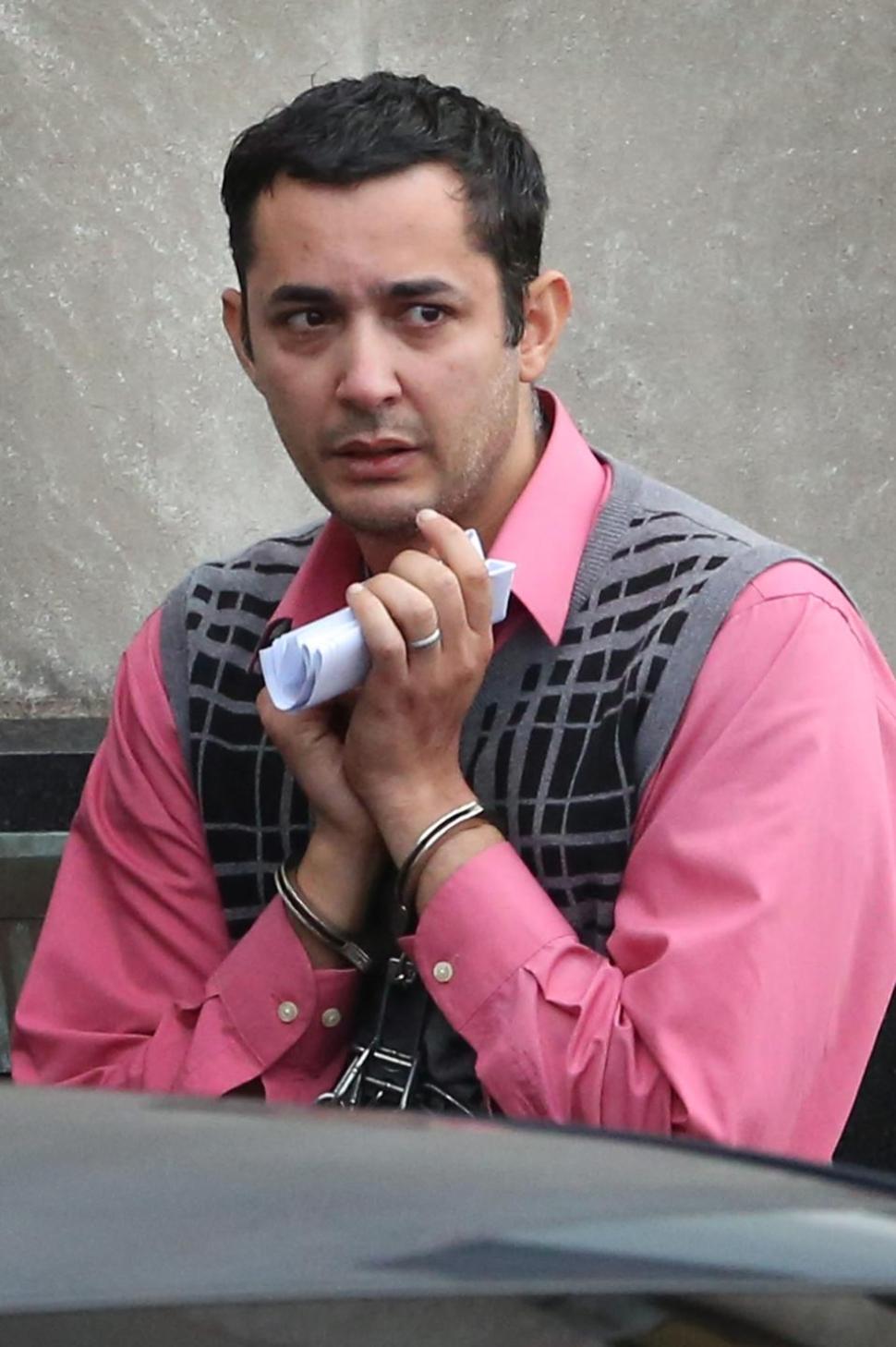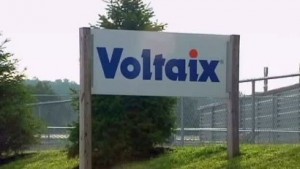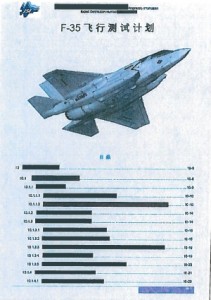(FBI) Mostafa Ahmed Awwad, 36, of Yorktown, Virginia, was sentenced today to 132 months in prison by U.S. District Judge Raymond A. Jackson of the Eastern District of Virginia for attempted espionage relating to his attempt to provide schematics of the nuclear aircraft carrier USS Gerald R. Ford to Egypt while serving as a Navy engineer.
Assistant Attorney General for National Security John P. Carlin, U.S. Attorney Dana J. Boente of the Eastern District of Virginia, Assistant Director Randall C. Coleman of the FBI’s Counterintelligence Division and Special Agent in Charge Tim Quick of the Naval Criminal Investigative Service (NCIS) Norfolk, Virginia, Field Office made the announcement.
“Awwad took advantage of his position of trust within the Navy to share the schematics of the USS Gerald R. Ford nuclear aircraft carrier with individuals whom he believed were representing a foreign government,” said Assistant Attorney General Carlin. “The National Security Division will continue to seek justice for those who abuse their access to sensitive defense information.”
“Awwad attempted to steal the valuable plans for the USS Ford and to provide them to a foreign government,” said U.S. Attorney Boente. “This office is committed to safeguarding our nation’s sensitive defense information, and we will bring to justice those who seek to steal it. I want to commend our partners at the FBI Norfolk and NCIS Norfolk for their excellent work on this case.”
“The mission of NCIS includes protecting Sailors and secrets,” said Special Agent in Charge Quick. “Awwad endangered both; for personal gain and to help strengthen another nation’s military. It’s gratifying that NCIS was a part of bringing him to justice.”
Awwad pleaded guilty on June 15, 2015. According to court documents, Awwad began working for the Department of the Navy in February 2014 as a civilian general engineer in the Nuclear Engineering and Planning Department at the Norfolk Naval Shipyard. Based on a joint investigation, an undercover FBI agent contacted Awwad by telephone on Sept. 18, 2014, and asked to meet him the following day. Without seeking additional information from the caller, Awwad agreed.
The next day, Awwad met with the undercover FBI agent, who was posing as an Egyptian intelligence officer, in a park in Hampton, Virginia. During the meeting, Awwad claimed it was his intention to utilize his position with the U.S. Navy to obtain military technology for use by the Egyptian government, including but not limited to the designs of the USS Gerald R. Ford nuclear aircraft carrier, a new Navy “supercarrier.” Awwad agreed to conduct clandestine communications with the undercover FBI agent, and to conduct “dead drops” in a concealed location in the park.
On Oct. 9, 2014, Awwad and the undercover FBI agent met at a hotel where Awwad described a detailed plan to circumvent U.S. Navy computer security by installing software on his restricted computer system that would enable him to copy documents without causing a security alert. At this time, Awwad also provided the undercover FBI agent with four Computer Aided Drawings of a U.S. nuclear aircraft carrier downloaded from the Navy Nuclear Propulsion Information system.
During the discussion, Awwad indicated his understanding that the drawings would be sent to and used in Egypt. Awwad also asked the undercover FBI agent for $1,500 to purchase a pinhole camera that he would wear around the shipyard to photograph restricted material. At the conclusion of the meeting, Awwad agreed to provide the undercover FBI agent with passport photos which would be used to produce a fraudulent Egyptian passport so that Awwad could travel to Egypt without alerting U.S. government officials.
On Oct. 23, 2014, Awwad traveled to the prearranged dead drop site situated on a secluded hiking trail and utilized a concealed container disguised in a hole in the ground. He retrieved $3,000 before placing an external hard drive and two passport photos inside.
On Dec. 5, 2014, Awwad and the undercover agent met in the Hampton Roads, Virginia, area. During this meeting, Awwad stated that he planned to travel to Egypt. Awwad subsequently said he wanted to meet with “high ranking” Egyptian intelligence and military officials in Cairo.
Awwad also stated during the meeting that he had copied all of the schematics. During the meeting, Awwad provided the undercover FBI agent a thumb drive that contained more schematics of the USS Gerald R. Ford. The undercover FBI agent handed Awwad the “escape plan” – in actuality a manila envelope with no real plan inside – along with $1,000 in currency, shortly before Awwad was arrested.
The schematics of the USS Gerald R. Ford that Awwad provided are information related to the national defense of the United States. The USS Gerald R. Ford, which is currently under construction, is the first in a new class of aircraft carriers. When completed, the USS Gerald R. Ford will be the most advanced aircraft carrier in the world, with approximately 4,000 sailors on board. The schematics contain Naval Nuclear Propulsion Information and they are marked with the handling restriction “NOFORN,” which means they are not releasable to foreign persons.
This case was investigated by the FBI’s Norfolk Field Office and NCIS Norfolk, in cooperation with the Department of Navy. This case was prosecuted by Assistant U.S. Attorneys Benjamin L. Hatch and Joseph E. DePadilla of the Eastern District of Virginia and Senior Trial Attorney Heather M. Schmidt of the Justice Department’s National Security Division.










